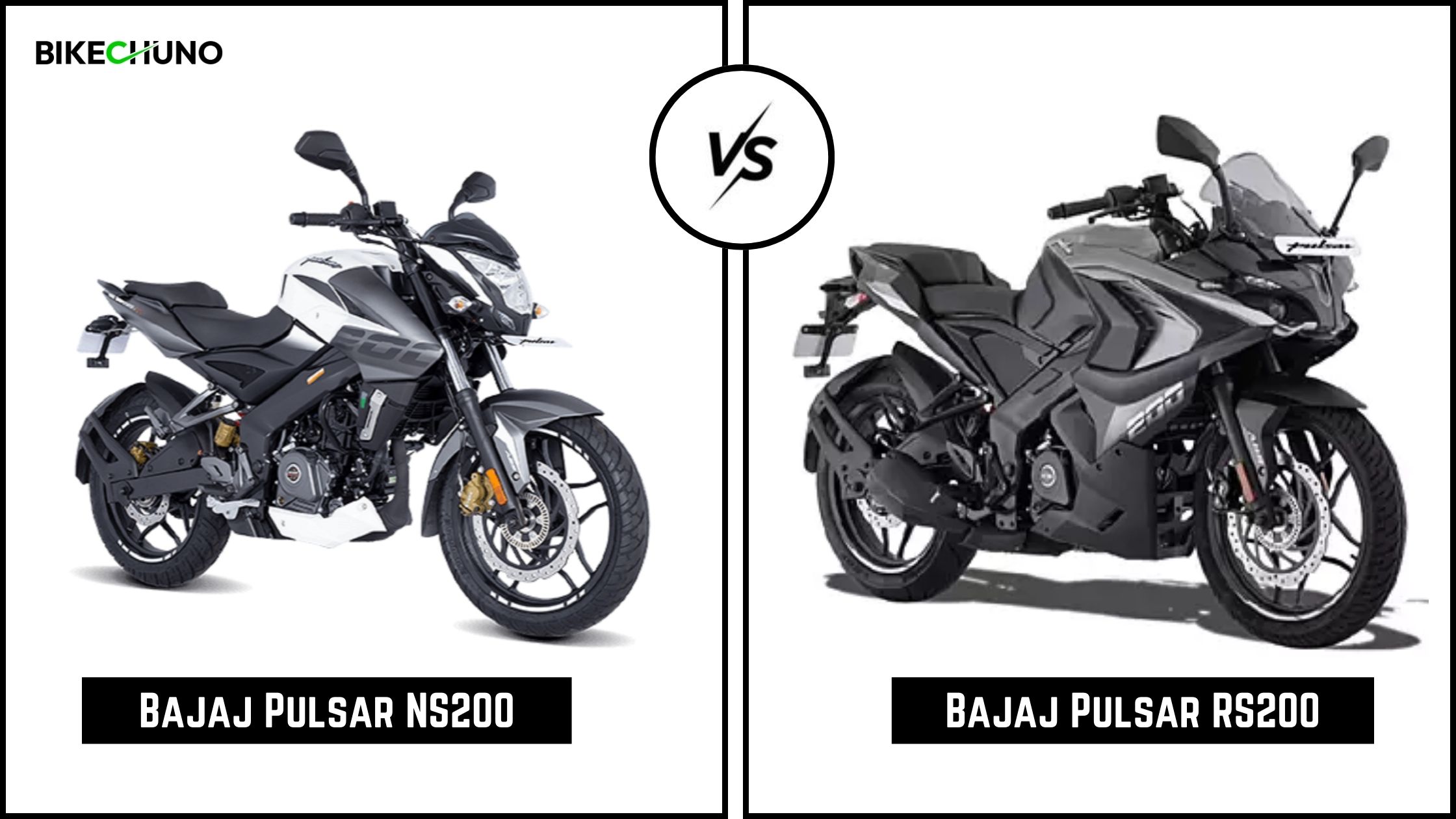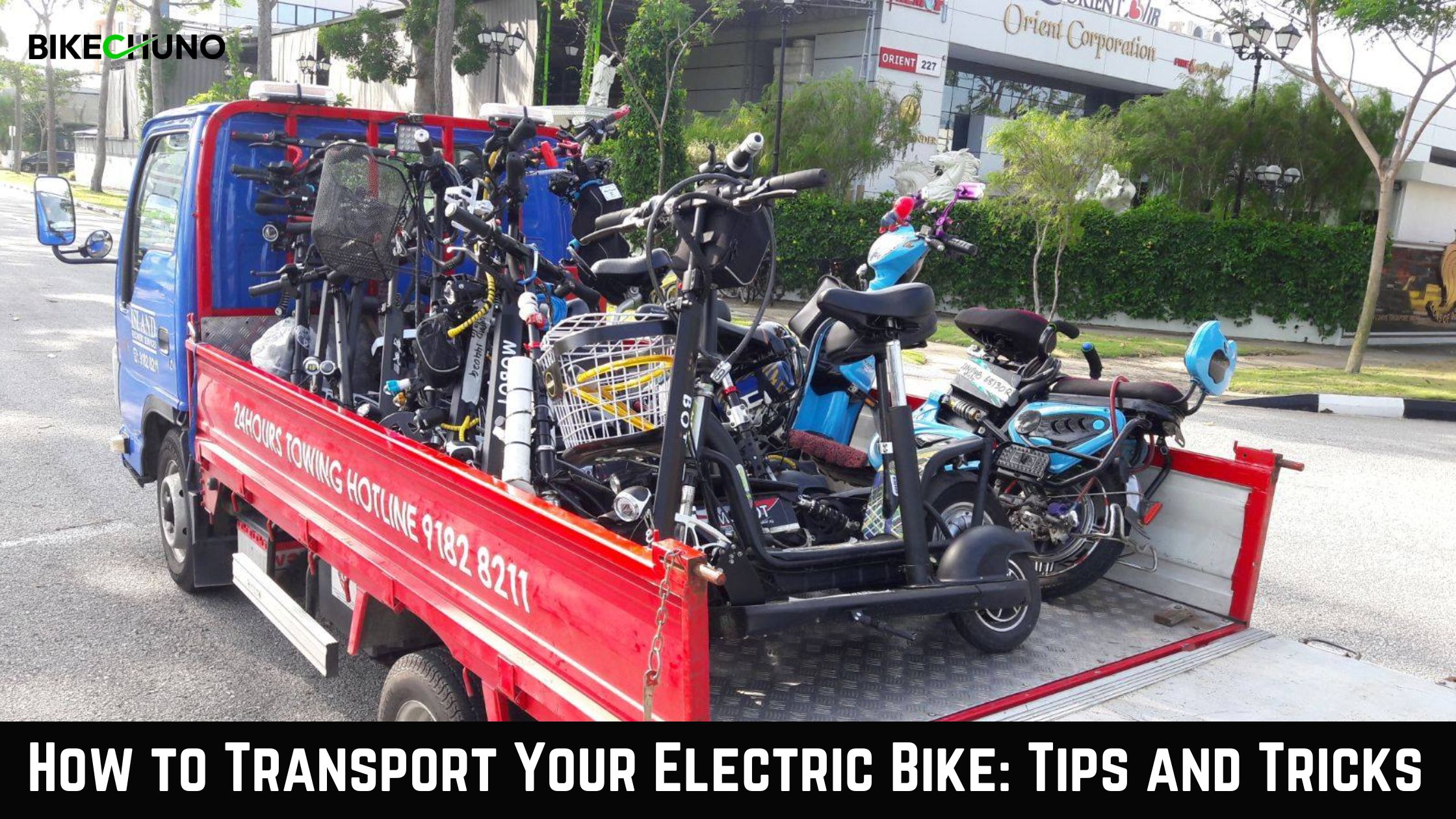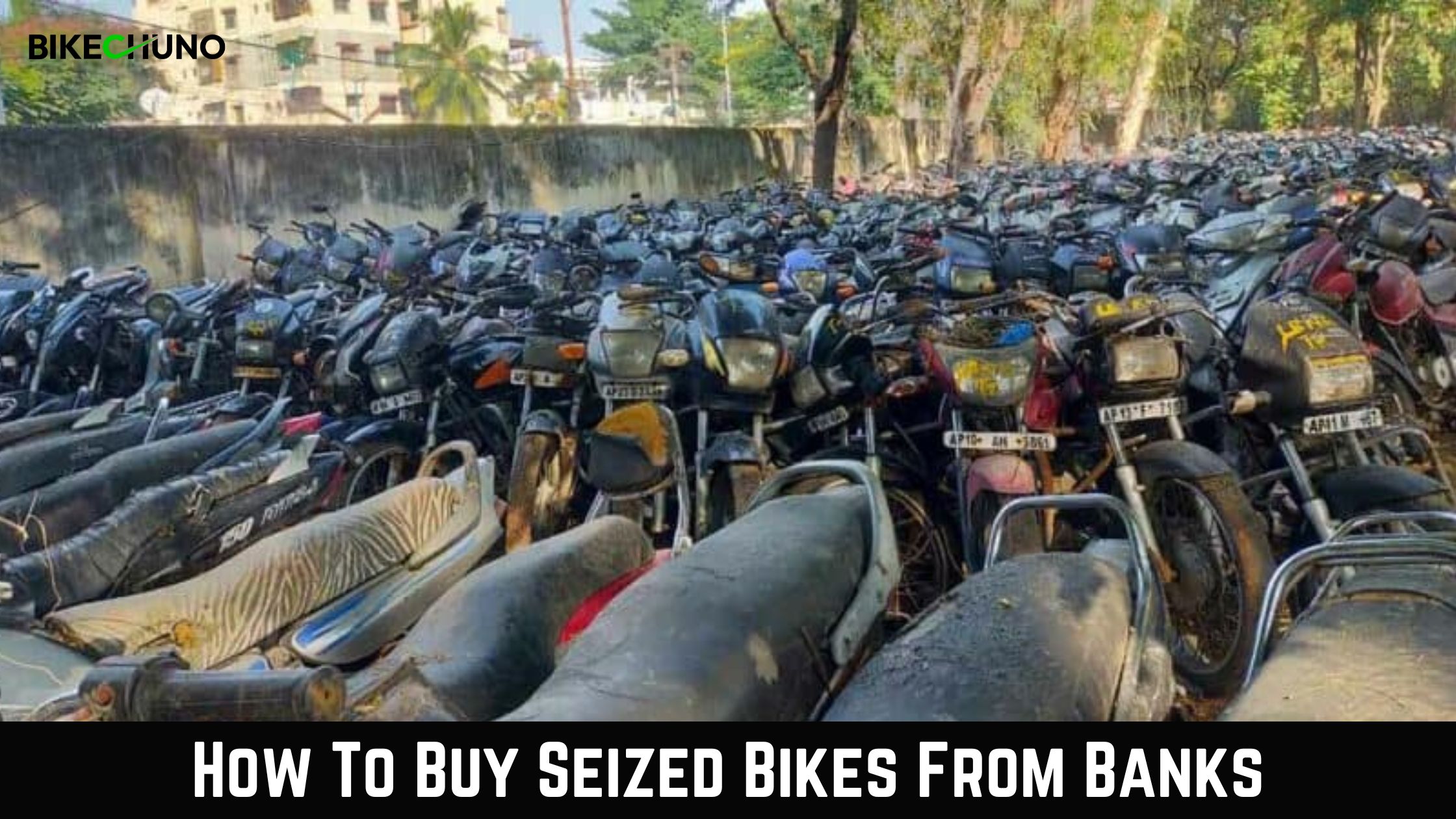
Two popular options because they are inexpensive and convenient are scooters and bikes. Scooters, however, are frequently noted to have lower mileage than motorcycles. In this post, we will investigate the causes of this phenomenon and the elements that affect the mileage differential between motorcycles and scooters.
Understanding Scooter Engines
Generally, scooters have smaller engines than bikes, which affects their mileage and overall performance. While bikes often have engines ranging from 100cc to several hundred cc, scooters typically have engines ranging from 150cc to 200cc in India.
Scooters’ smaller engines provide less power and use less fuel because of this. A study published in the International Journal of Automotive Engineering indicates that engine size significantly impacts scooter mileage.
Comparison Of Motorcycle Engines
Bike engines, on the other hand, are made to have more power and performance. Because of their more extensive displacement construction, they can burn fuel with a higher blend of air and fuel efficiency. In turn, this results in better mileage as compared to scooters.
According to a comparison study, higher displacement bike engines often have higher mileage.
1. Aerodynamics And Weight
The vehicle’s weight and aerodynamics are essential factors that also affect mileage. The best scooters in India are typically heavier than motorcycles because of their larger bodies and extra amenities like storage compartments. Reduced mileage is the effect of higher energy consumption from increased weight.
Bikes’ aerodynamic designs also improve airflow, which lowers drag and boosts fuel efficiency.
2. Differences In Gear Ratios
Generally speaking, scooters vs bikes have different gear ratios. Better acceleration and low-end torque are features of scooter design, which is helpful for city transportation. Because higher ratios are optimized for fuel efficiency, this design decision does come at the expense of some mileage.
Contrarily, bikes have a more extensive variety of gears, including higher gears that provide more excellent mileage on motorways and open roads.
3. Usage Patterns And Riding Styles
The variance in mileage is also significantly influenced by the riding habits and style of scooters and bike owners. Scooters are frequently utilized for quick city commutes that involve plenty of stops and starts, which reduces their mileage because they accelerate and decelerate frequently.
However, bikes are more frequently utilized for longer rides since they can keep a steady speed and get higher mileage.
4. Tuning And Upkeep
To get the best mileage, regular maintenance and tuning are necessary. Both bikes and scooters may have reduced fuel efficiency due to neglected maintenance. For both kinds of vehicles, routine maintenance may significantly increase mileage. This includes changing the spark plugs, cleaning the air filters, and inflating the tires to the recommended pressure.
5. Fuel Quality And Combustion Efficiency
Mileage is impacted by the grade of fuel used as well. Scooters have lower combustion efficiency and mileage because they are more susceptible to low-quality or contaminated fuel. Premium fuel must be used for both petrol bikes and scooters to operate at peak efficiency and performance.
6. Environmental Elements
Mileage can be affected by environmental factors like humidity, temperature, and altitude. These issues might impact scooters more because of their smaller engines and lesser power output.
Fuel can evaporate more quickly in warm weather due to increased humidity and temperature, which reduces mileage and increases fuel consumption.
7. Traffic And Infrastructure Situations
The kind of roads and traffic patterns also affect mileage. Scooters often have lower average speeds and frequent stops and are better suited to crowded metropolitan environments. However, bikes are more adept at navigating open roads and highways, which improves mileage on longer rides.
8. Urban Versus Rural Areas
The usage and location also impact mileage. Scooters are frequently utilized in metropolitan areas. However, their distance is decreased due to traffic congestion and frequent stops. On the other hand, because of their higher average speeds, motorcycles can get more mileage in rural areas with less traffic and wide roads.
9. Power Output And Displacement Of The Engine
Mileage is directly impacted by the scooter’s and bike’s engine displacement and power output. Scooters often have smaller engines that produce less power, which results in higher fuel consumption and a shorter range.
Because of their efficient combustion, bikes may earn better mileage with their larger engines and higher power output. The Society of Automotive Engineers conducted a comparative investigation demonstrating the correlation between engine displacement, power output, and mileage.
10. The Significance Of Tyres
Tyre selection and upkeep are two aspects of mileage that are frequently disregarded. Smaller wheels and scooter tires usually mean higher rolling resistance and lower mileage.
Bikes have higher mileage since they have reduced rolling resistance due to their larger wheels and suitable tire selection. The International Journal of Sustainable Transportation examined how choosing and maintaining the right tires might help you get the best MPG.
11. Fuel Injection Versus Carburetor Systems
Variations in mileage are also attributed to the fuel delivery system used. Fuel injection systems, which offer exact control over fuel delivery and combustion, are frequently seen on modern bikes.
On the contrary, carburetor systems—less effective and may result in marginally lower mileage—are frequently found on scooters.
12. Scooter And Bike Design Variations
The differences in design between motorcycles and scooters can also affect mileage. Scooters favor comfort above storage capacity, which causes people to gain weight and grow larger bodies. Bikes prioritize aerodynamics and performance due to their streamlined design, which leads to higher mileage.
Conclusion
In conclusion, there are several reasons why scooters and bikes have different gas mileage. Several factors, including small engine size, weight, aerodynamics, gear ratio discrepancies, riding style, maintenance, fuel quality, environmental considerations, infrastructure, engine displacement, tire selection, fuel delivery systems, and design changes, cause the observed gap. People can choose between scooters and motorcycles based on their mileage requirements by knowing these criteria and making an informed selection.



